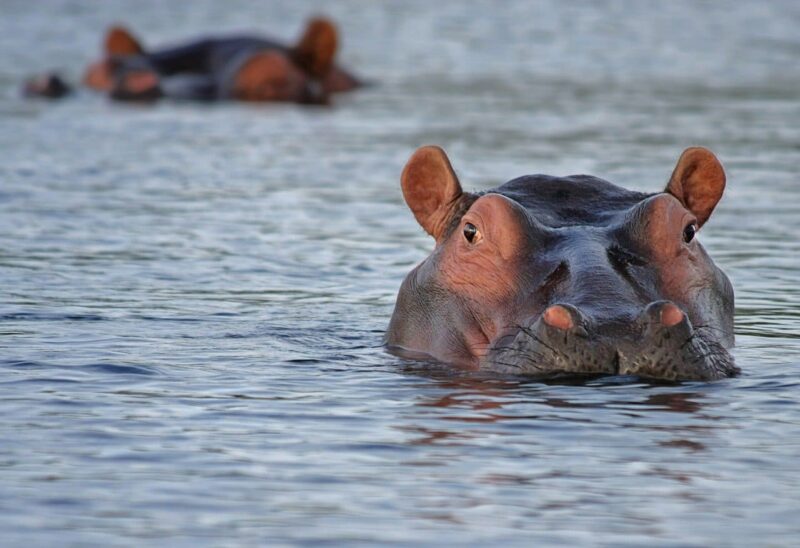Have you ever wondered about two heavy-weight champions among land animals: Hippos and Rhinos and who would overpower each other if they were to fight other? Or perhaps, you only want to know if Hippos are just rhinos without horns? Well, here we have compared them on different parameters and tried to convey an honest picture. Read on to find out more about both Hippo vs Rhino.
Hippo vs Rhino
1. Physical Characteristics
Rhinos, everyone knows, have a big horn on the snout. That is why they are named so; “Rhinoceros” which in Greek means one with horns on the nose. There are many species of rhinos that are found in Africa, South, and Southeast Asia. Hippos on the other hand are only found in Sub-Saharan regions of Africa. Both of them have thick skin. Hippos have skin thickness reaching 6 cm while rhinos only have up to 5 cm. The skin is folded behind the neck and before the hind legs which seems like it is wearing armor. Another physical difference comes from the structure of the legs.
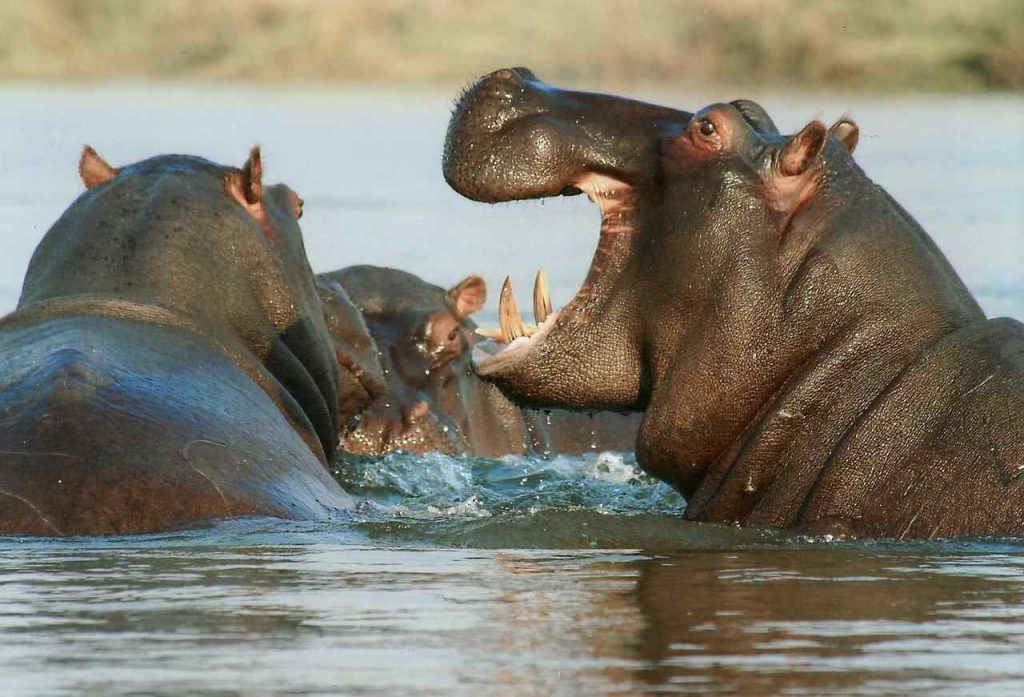
Hippos have a slower speed on land compared to rhinos. Rhinos can run at speeds of 50 km/h with some species going up to 55 km/h! Whereas hippos only have a speed of 30 km/h. Although both are enough to cause lethal damage to humans and other animals, this highlights the agility differences between the two animals. Hippos are also noted for their humongous and bulky heads. They can open their mouths wide open to almost 180 degrees and close them with enough force to shatter the bones of the strongest animals. Rhinos do not have any such capabilities.

2. Diet
Rhinos are herbivores and their diet mainly constitutes of grass, fruits, and sometimes entire trees (small ones). Hippos, on the other hand, are known to be grass feeders. Their broad mouth is evolved to help in this task. Rhinos on the other hand have a somewhat pointed snout. This is one of the most popular comparisons between Hippo vs Rhino.
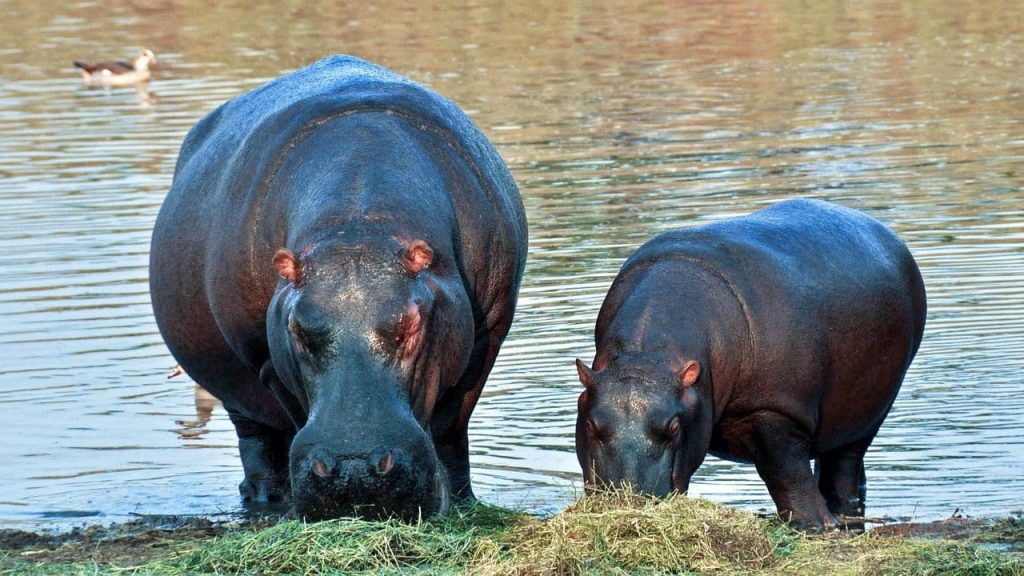
Although the white rhinos have a broad mouth that is suited to grazing, it comes nowhere close to that of a hippo. The pointed snout of black rhinos does not help in grazing but is suited to eating foliage which forms the main component of their diet. Hippos generally stay in water or mud during the day and come out to graze after sunset. This keeps their skin hydrated which can crack if they stay outside water for too long.
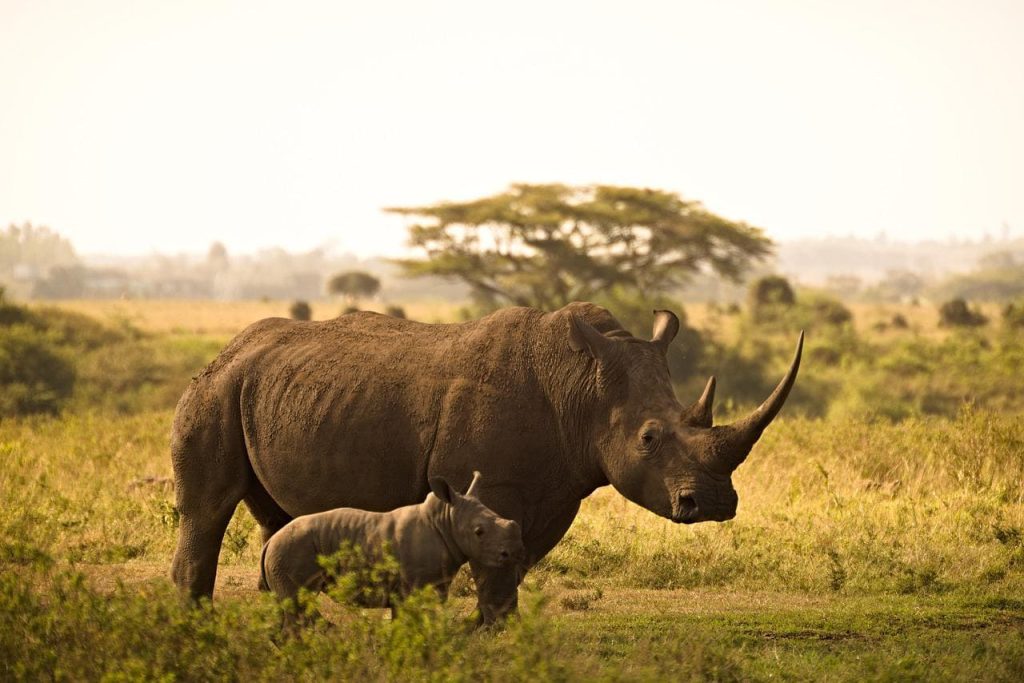
3. Life Span
Rhinoceros have an average lifespan of 35 to 50 years. The bigger, white and smaller black rhinos both reach 50 years, but the other Indian, Javan, and Sumatran Rhinos generally die out at 45 years of age. The young ones of rhinos stay with their mothers until they are about to give birth to another calf. A week before the birth, the mother will chase away the calf to prepare for the next child. They only give birth to one young one at a time and that too weighs around 70 kilograms! The mother usually gives birth only once in around three years.
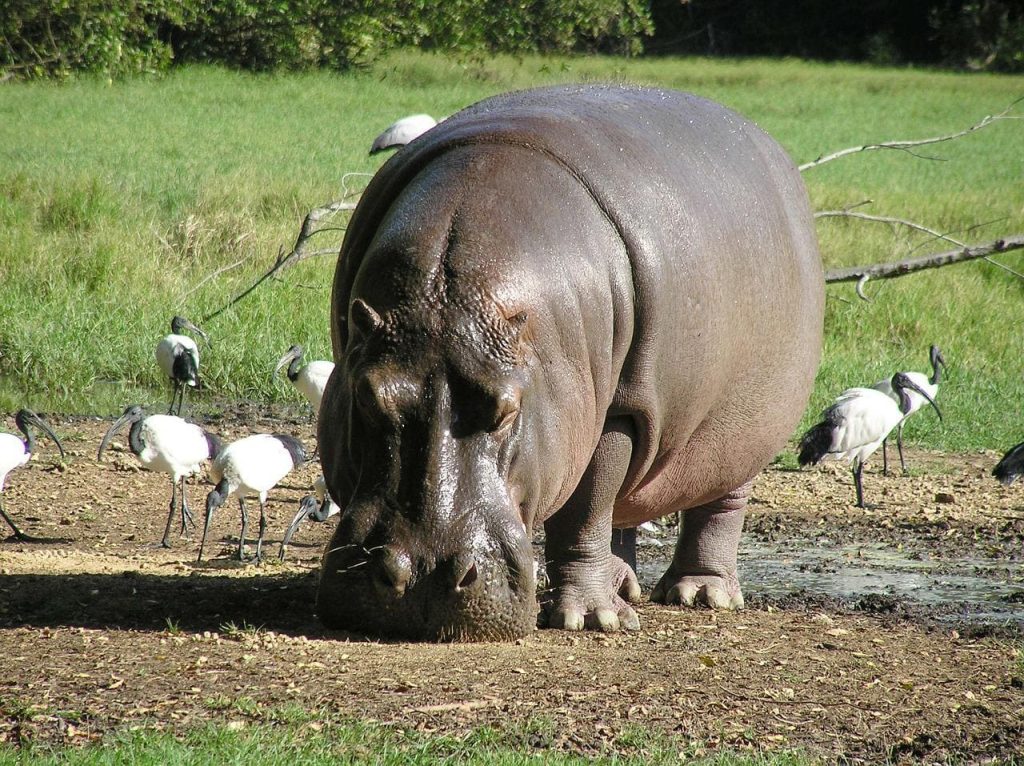
For Hippos, the average life is around 40 to 50 years, similar to that of rhinos. However, some individuals have been recorded to live as long as 65 years! The calves are born submerged in the water and weigh around 50 kg. Like rhinos, the mother hippo also only gives birth to one child at a time. The young ones wean off at around 7 months of age and are raised in nurseries with adults looking after many adults.
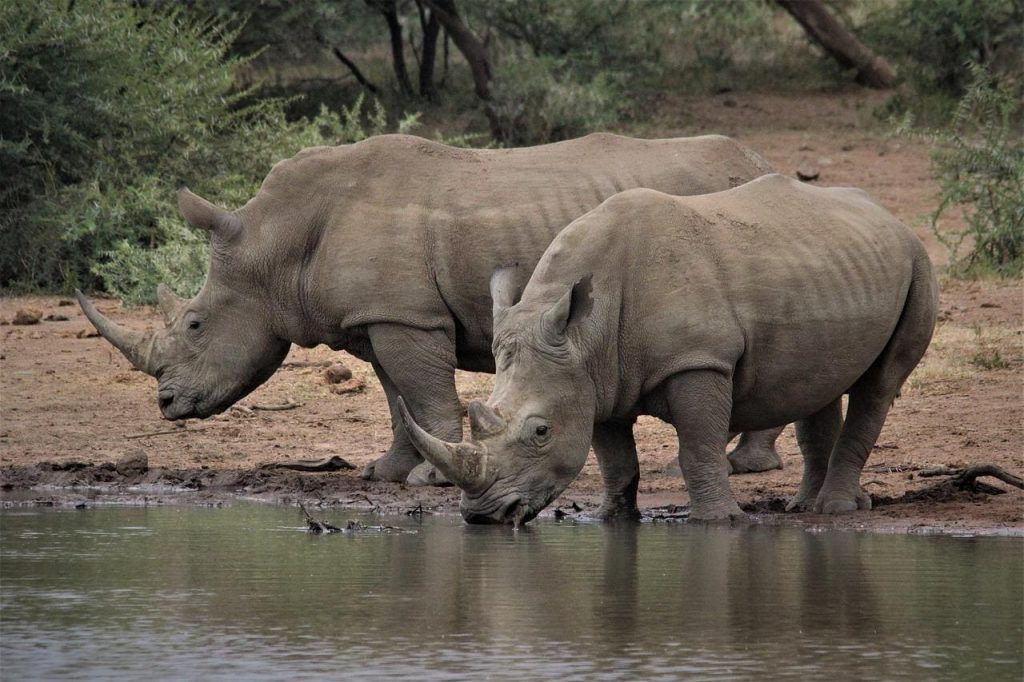
4. Population
The hippo population was estimated at around 115,000 individuals in 2017 and is listed in the vulnerable category by the IUCN. They were earlier found in almost all of Africa except the Saharan region. Now they are only found in pockets and in conserved areas.
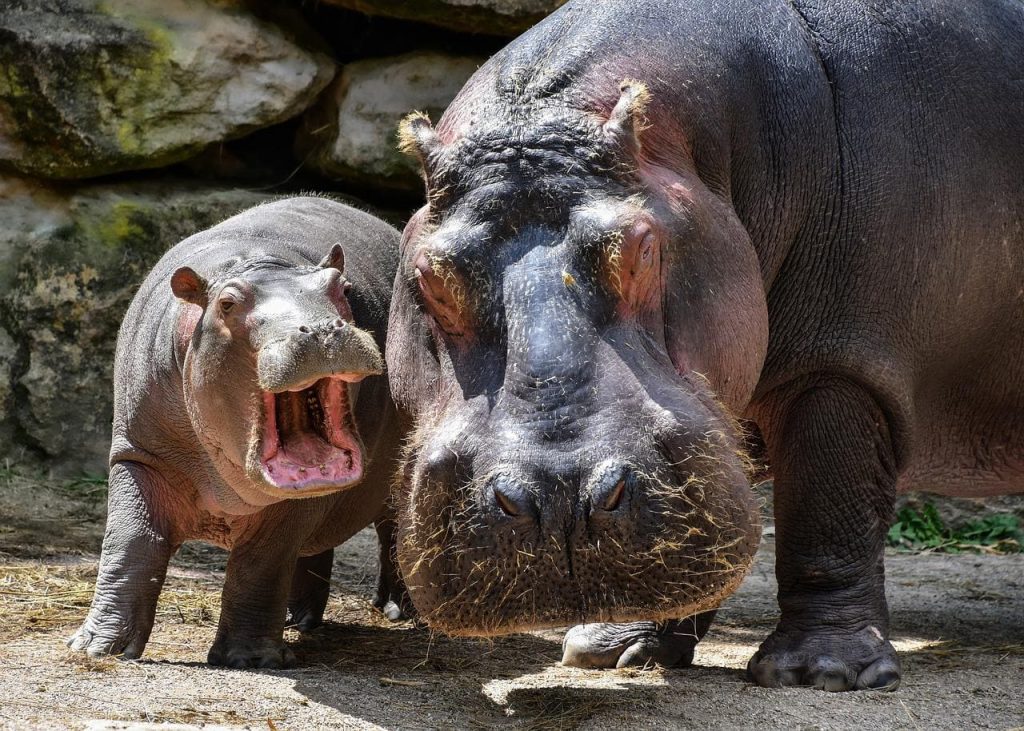
Rhinos are having a much harder time. All over the world, less than 28 thousand remain in total across all species. The Javan and Sumatran Rhinos both have less than a hundred individuals remaining, which is a major cause of concern.
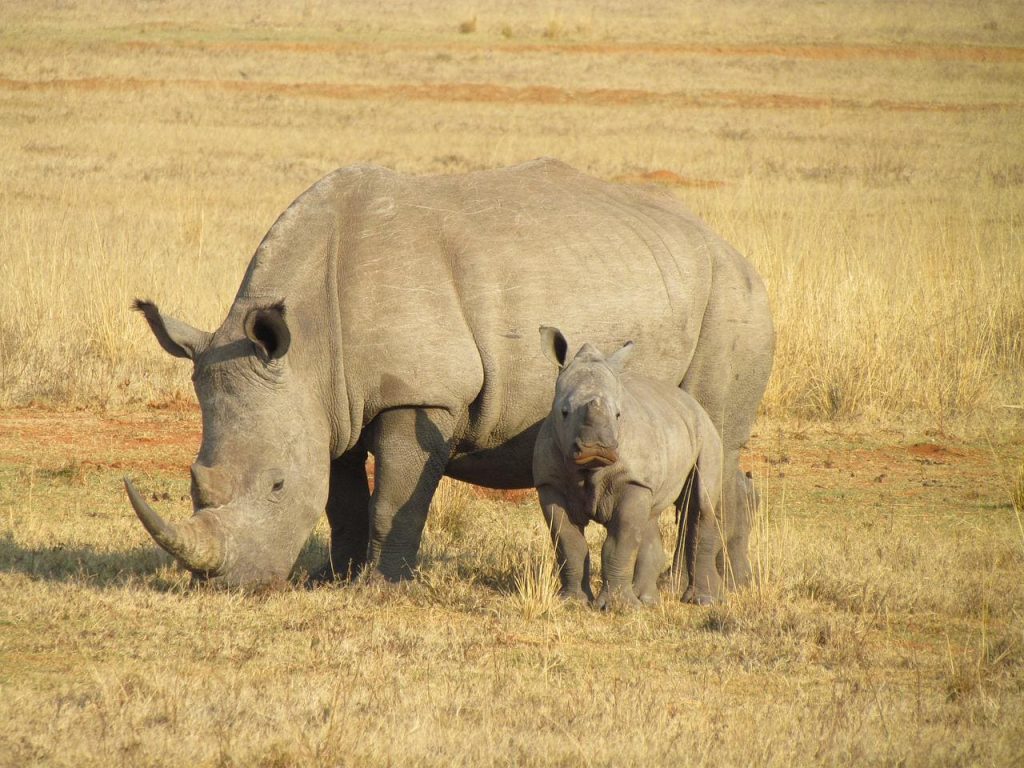
5. Evolution
Rhinos are thought to have evolved in Asia. There was also a species of woolly rhinos that survived the Last Glacial Period. The early records are found in Siberia and Central Asia and Northern China which suggests the movement of the population from Asia to Africa.
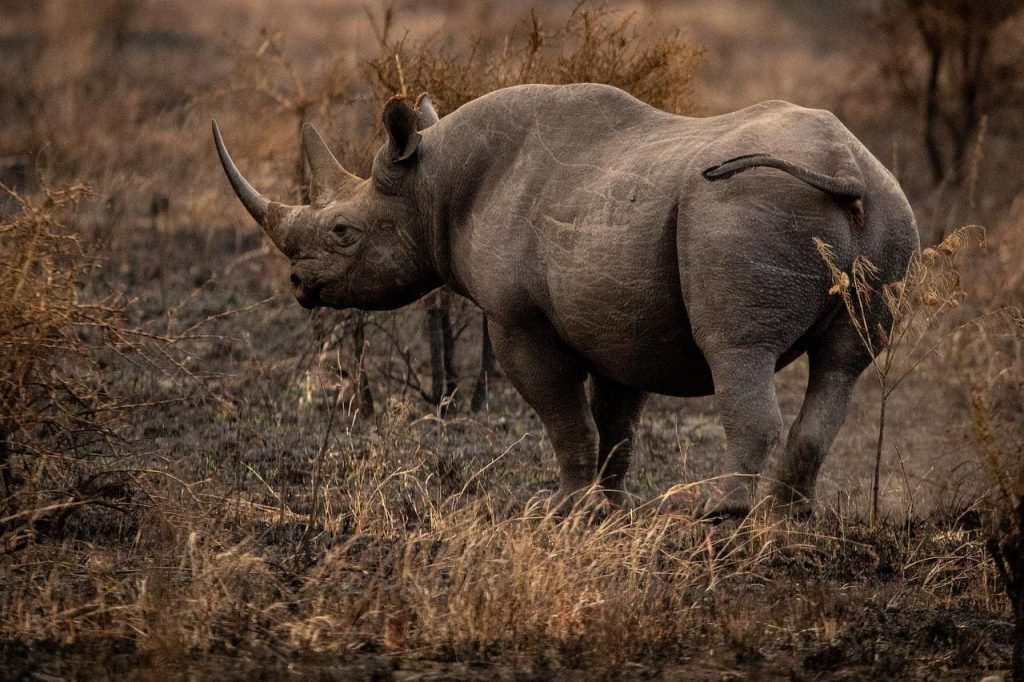
Hippos, although earlier thought to be relatives of pigs, are now known to be related to more wonderful creatures, like whales and dolphins who are their closest living relatives. This perhaps explains the aquatic nature. They are thought to have evolved in Eurasia from when they reached Africa. Several species of Hippos existed earlier which have gone extinct, some being in times of Humans. The Malagasy Hippo which inhabited the island of Madagascar is thought to have gone extinct only within the last thousand years.
Also Read: All You Need To Know About Alpaca vs llama
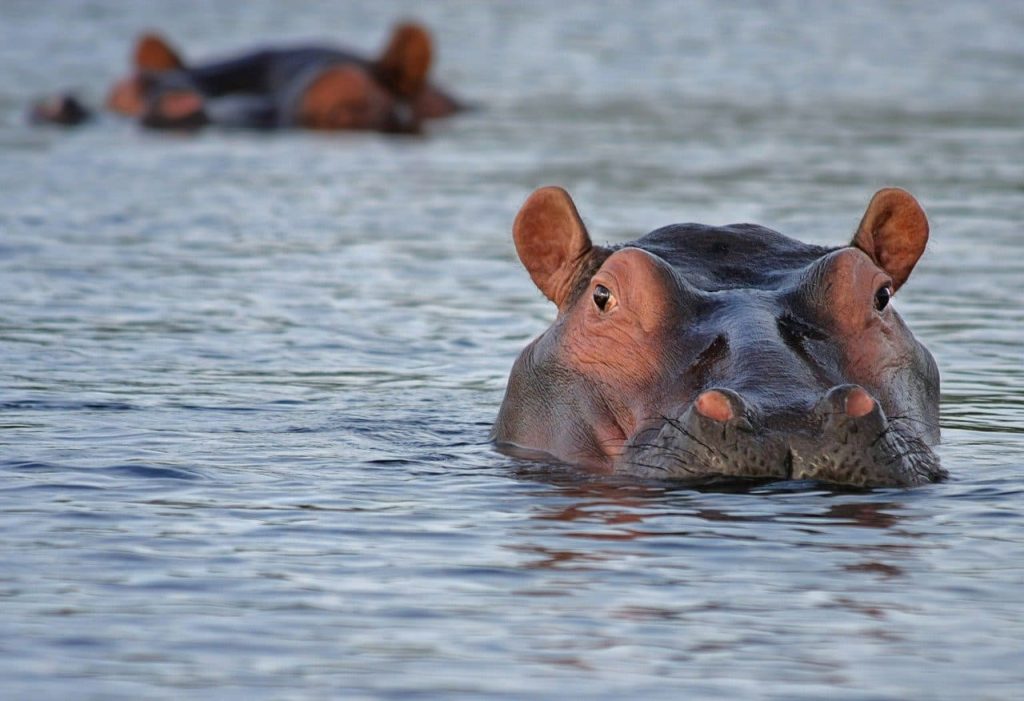
6. Threats
Both Rhinos and Hippos, owing to their size have no predators. After all, who would like to pick a fight with armor on the legs? Or a moving wrecking ball? None but humans. Humans are the biggest threats to both species and are the primary reason for the shrinking of populations. First of all, the expansion of human settlements has already caused a lot of habitat degradation, forcing them into smaller areas. The other threat is the greed of poachers. Rhinos are hunted for their horns.
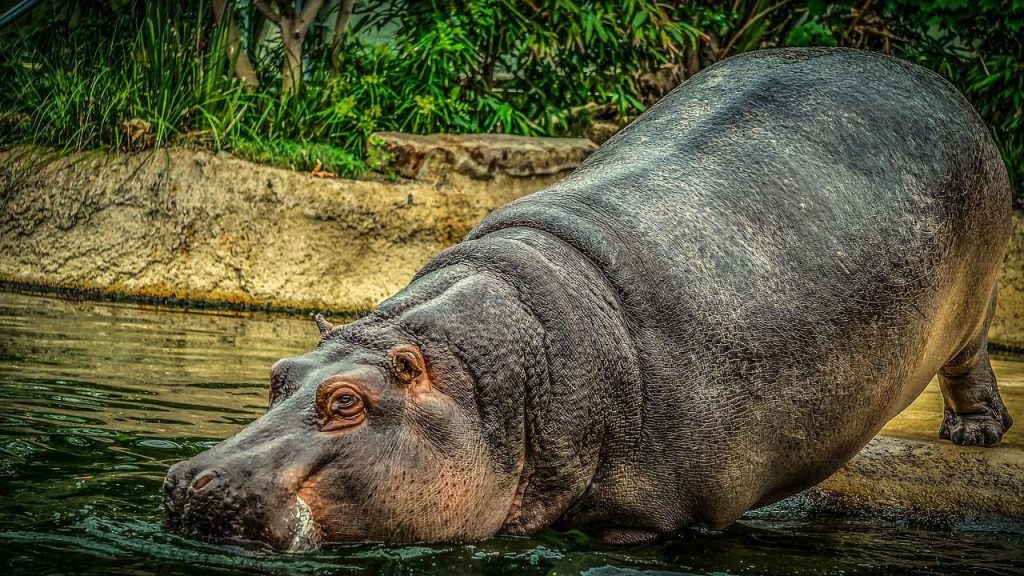
They are used in ancient medicinal practices around the world and have the great value on the black market. Although in recent years, medicinal usage has been left behind by decorative usage. Hippos too are hunted for their teeth and their meat. Although they are not carnivores, they do have big teeth. Canines grow up to lengths of 50 cm while incisors up to 40 cm in length. They use these teeth for attacking and playing only because they have no use for them in feeding. In the early twentieth century, there were plans in the US congress to introduce hippos in the Mississippi basin to provide meat.

This is the best comparison among all the important characteristics of Hippo vs Rhino. Kindly share and do post your comments.

